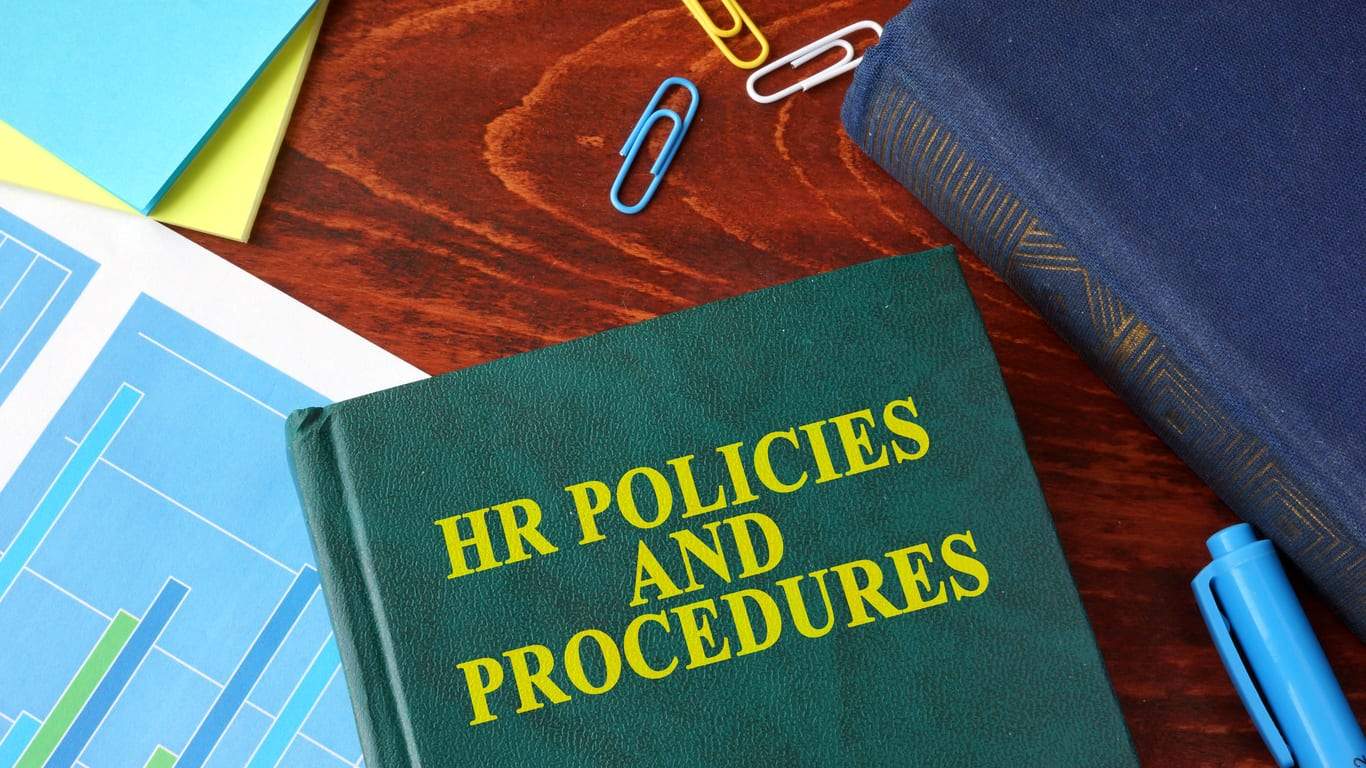The legal obligations UK employers face when considering making redundancies and the significant legal implications of getting it wrong was brought into sharp focus recently in the P&O Ferries case. We look at the various steps UK employers need to take to make redundancies fairly and legally.

The shocking decision by P&O to dismiss 800 UK workers with immediate effect last week sent shockwaves across the UK, with the media and politicians of all parties describing P&O’s actions as “shameful” and “illegal”.
P&O have since stated that they had no choice and were forced to act swiftly in the way that they did, to protect their business and whilst swift action may have been necessary, the fact remains that they completely disregarded redundancy employment laws, not least their legal duty to collectively consult and to notify the Secretary of State of the proposed redundancies at least 45 days before the first dismissal took effect.
The consequences of P&O’s actions could mean that P&O face claims at the employment tribunal and costly awards for unfair dismissal, in addition to Protective Awards for failing to consult, on a massive scale.
What is Redundancy?
The statutory definition of “redundancy” encompasses three types of situations: business closure, workplace closure, and reduction of workforce. The dismissal of an employee will be by reason of redundancy if it is “wholly or mainly attributable to” the employer.
There are a variety of circumstances that can give rise to a redundancy situation, including:
- A diminished need for employees to do work of a particular kind.
- Changes to terms and conditions where more than 20 employees are affected, and dismissal is a possibility.
- Reduction in the numbers of employees doing a particular role.
- Removal of a role or group of roles.
- Closure of a department, site or entire business.
It is important that employers don’t confuse legitimate redundancy circumstances with other issues which do not give rise to a redundancy situation.
Examples of situations that do not give rise to redundancy include:
- Issues of performance, conduct.
- Where an external company could do the work better or more cheaply.
- The same work could be done under different terms and conditions e.g., less qualified.
- Where the employee is required to do additional work, but it remains “work of the same particular kind” and they refuse to do that.
- Transfers of employment.
What Every Employer Needs to Know About Redundancies
Many employers find dealing with redundancy to be an unnerving prospect and affected employees often find it very stressful, but to avoid potential problems employers must follow the correct procedures and apply them fairly to avoid facing potentially costly claims at the employment tribunal.
To undertake a redundancy exercise, employers need to know:
- What “redundancy” means.
- How to deal fairly with individuals being considered for redundancy to minimise claims for unfair dismissal.
- What the alternatives to redundancy are, including lay off and short time working.
- How to determine an employee’s entitlement to a statutory or contractual redundancy payment.
- When they must inform and consult collectively (with trade unions or employee representatives) about redundancy.
It is important that employers carefully consider their situation before deciding to progress with redundancies. Key points to consider include:
- What are your reasons for making a particular person/group/role redundant?
- Are these reasons likely to impact the business permanently or are they temporary?
- How many redundancies might be necessary?
- How quickly do these issues need to be addressed?
- How much would redundancies cost?
- What alternatives might be possible?
Employers have a legal obligation to consider how they might avoid compulsory redundancies. Some of the alternatives they should consider include:
- Short time working and/or temporary layoffs.
- Voluntary redundancy.
- Temporary reduction in pay or hours.
- Permanent reduction in pay or hours.
- Redeploying to alternative roles and providing retraining (if reasonable).
- Dismissing short service employees (where no risk and T&Cs allow).
- Reducing/removing benefits.
- Stopping/limiting overtime.
Issues to Address in a Redundancy Situation
- Establish there is a genuine redundancy situation.
- Consider pool and criteria for selection; list any alternative vacancies.
- Consult with the affected employees, collectively if making 20+ redundant.
- Notify the Secretary of State if making 20 or more redundancies.
- Score affected employees using established criteria.
- Consult individually with those provisionally selected for redundancy.
- Follow up on feedback from consultations.
- Meet with affected employees to confirm the outcome.
Other considerations include:
- Is there a job that would be a suitable alternative within any associated business or alternative sites?
- Does ‘Bumping’ apply? This is where an employee not previously at risk is put at risk to ‘save’ other employees.
- Are any affected employees pregnant?
- Are any affected employees on maternity leave?
- Are any senior roles affected?
Employers will need to proceed with caution if any of the above scenarios apply.
Redundancy Pool & Criteria for Selection
Identify the ‘pool’ for selection
- Make selected pool wider, not narrower.
- Identify appropriate skill set for what is needed in the future.
- Apply selection criteria.
Selection Criteria
- Evidence based.
- Non-discriminatory.
Notifying the Secretary of State
Employers must notify the Secretary of State that it is planning to make collective redundancies:
- At least 30 days before the first dismissal takes effect (in other words, the date on which notice is to expire or employment is to end) where the employer proposes to dismiss 20 to 99 employees within a 90-day period, or
- At least 45 days before the first dismissal takes effect where the employer proposes to dismiss 100 or more employees within a 90-day period.
- The notification must be in writing (either by letter or on a form HR1) and a copy must be provided to the employee representatives. The employees cannot be given notice of dismissal.
Employee Consultation
- Must be meaningful, with a view to getting agreement, not a means to an end.
- Includes those off on long term sick leave, family friendly leave, fixed term (funding).
- With union or collective consultation body (if authorised to consult on such matters).
- Usually initial group/then individual.
- Letters at each stage and 48 hours’ notice between meeting and the right to be accompanied.
- Minutes should be taken at each meeting.
Statutory Redundancy Pay
A statutory redundancy payment is payable to employees with 2+ years’ service.
- Age weighting: half a week’s pay for each full year under 22, one week’s pay for each full year between 22 and under 41, one and half week’s pay for each full year 41 or over.
- Length of service is capped at 20 years.
- Max gross salary £544.
- Max £16,320.
- Notice Pay is the greater of contractual or statutory.
- Statutory notice is one week for each complete year of service after one months’ service up to a maximum 12 weeks’ notice.
Options for notice period:
- Work out notice.
- Paid in lieu of notice (PILON).
- Garden leave.
Where Most Employers Get Redundancies Wrong
There are many steps involved in making lawful redundancies that employers can miss, some of the more common being the following:
- Not establishing the contractual position.
- Not identifying the right pool.
- Not using any/appropriate selection criteria.
- Not consulting properly (individually or collectively).
The Implications of getting it wrong can include employment tribunal claims for:
- Unfair dismissal
- Not genuine redundancy (the real reason for dismissal).
- Unfair process.
- Unfair selection.
- Unfair scoring.
The maximum compensatory award for unfair dismissal is currently £88,519 but where discrimination has been a factor, awards for compensation are unlimited.
A Summary of the Redundancy Process
Where less than 20 employees are to be made redundant at one establishment within 90 days, the approach can differ:
No risk of discrimination or under 2 years’ service:
- If under 2 years’ service, and no risk of discrimination, a shorter process can be followed if the contract/handbook allow that.
- No entitlement to redundancy pay, just notice pay.
Risk of discrimination or over 2 years’ service:
- A minimum of three meetings (at risk, how can we avoid, if no ideas, dismissal).
- If pools of candidates, objective criteria will need to be used relating to that particular role.
- Scoring needs to be fairly done.
- Right of appeal.
Where 20 or more employees to be made redundant at one establishment within 90 days:
- Need to collectively consult with appropriate representatives.
- Representatives are recognised trade union or employee representatives elected through a ballot.
- Must provide prescribed information via HR1 to BEIS.
- Must consult for at least 30 days before the first dismissal or for 100 days if more than 100 employees.
- Right of appeal.
- Protective award for a failure to consult = 90 days gross pay.
Conclusion
A redundancy dismissal is likely to be unfair unless the employer:
- Establishes there is a genuine redundancy situation.
- Identifies an appropriate pool for selection.
- Consults with individuals in the pool.
- Applies objective selection criteria to those in the pool.
- Considers suitable alternative employment where appropriate, subject to a trial period.
Do You Need Assistance with a Redundancy Issue?
The specialist employment law team at Employment Law Services (ELS) LTD have extensive experience in advising UK Employers on their legal obligations to ensure compliance. If you have any queries about your legal obligations you can call us on 0800 612 4772, Contact Us via our website or Book a Free Consultation online.
 Advice on Settlement Agreements Employees
Advice on Settlement Agreements Employees Advice on Settlement Agreements Employers
Advice on Settlement Agreements Employers



